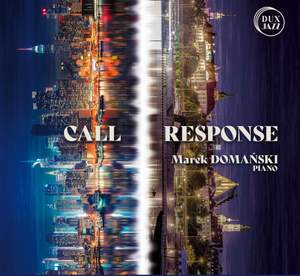Significant sounds always come before words. It was probably for that reason that Bill Evans ? when asked what the creative process looks like ? began to imitate a cackling hen while laying eggs. In the case of Evans, the above situation describes something more. His compositions are created rather from illumination than sitting at the piano and waiting for Godot... This is how genuinely beautiful ? and not just perfect ? music is born.
Beauty is defined by the Ravel ? Gershwin ? Evans horizon, which is determined by two combined elements ? an unobvious, original melodic line and exclusive harmony. Those contents are complemented by a lyrical element, necessary for large format music. Puccini's or Rachmaninoff's background is obvious in Evans' case. The above three components define voicing ? the constitutive factor of music.
As music belongs to the metaphysical sphere, it determines the values with which axiology is concerned. The aforementioned beauty is an aesthetic category, but Evans is a complete artist, and his music contains truth ? a value from the domain of ethics. Truth hates chaos and demands conclusions. He who states that his art is not only aesthetic, but also ethical will not be mistaken.
Considering whether the effect achieved by Evans was a result of the superiority of content over form, or vice versa, is pointless, for there is instability depending on the situation, forcing the use of cumulative sound blurs in the chordal layer, providing this music with strength and nobility ? especially in the ad libitum convention.
With this release, Marek Domanski (piano) intended to juxtapose his compositions kept in similar aesthetics on the Call and Response basis with selected Evans' themes, e.g. Bill's Hit Tune with Glamour of Voicing, Waltz for Debbie with I Dream About White Jazz Collars, Your Story with Behind the Mind, Quiet Now with Tone up Your Imagination, etc.





